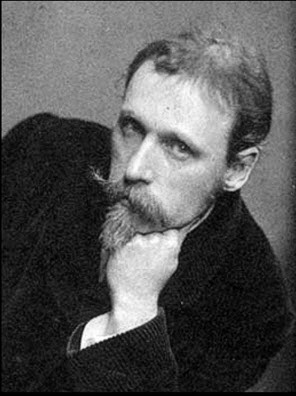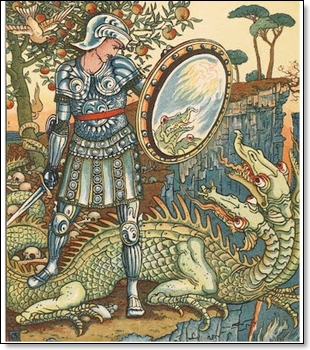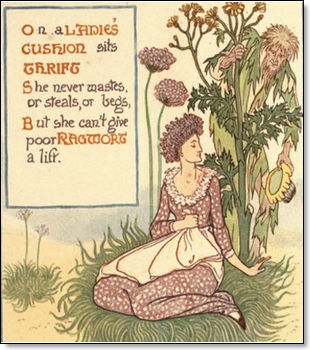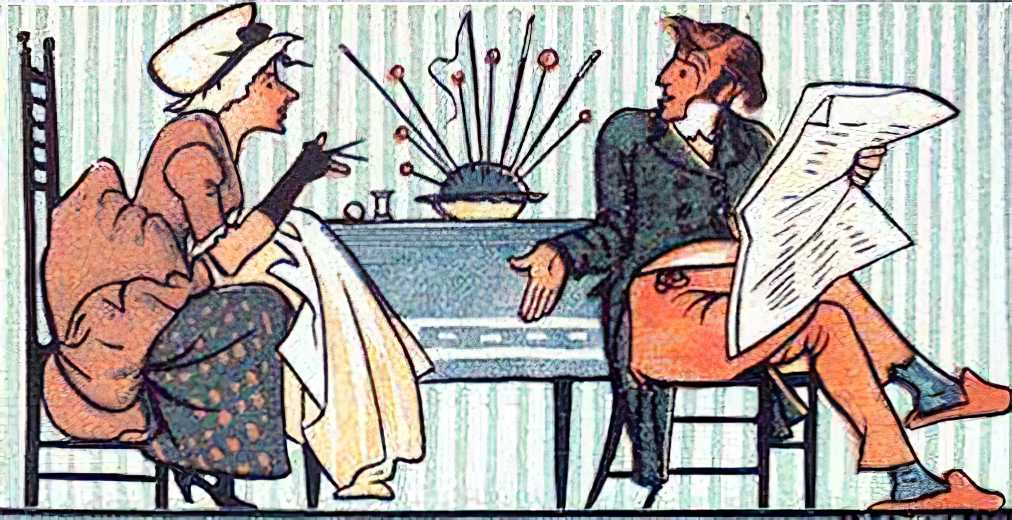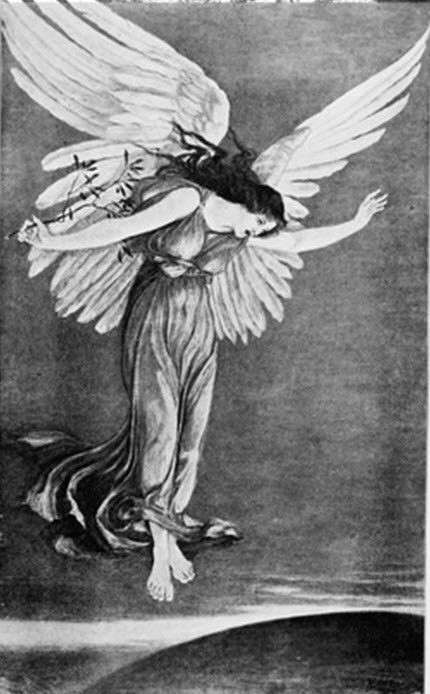Walter Crane was a British artist and illustrator who lived during the Victorian era. He is widely considered to be one of the most important and influential illustrators of the Golden Age of Children's Literature, which spanned from the mid-19th century to the early 20th century.
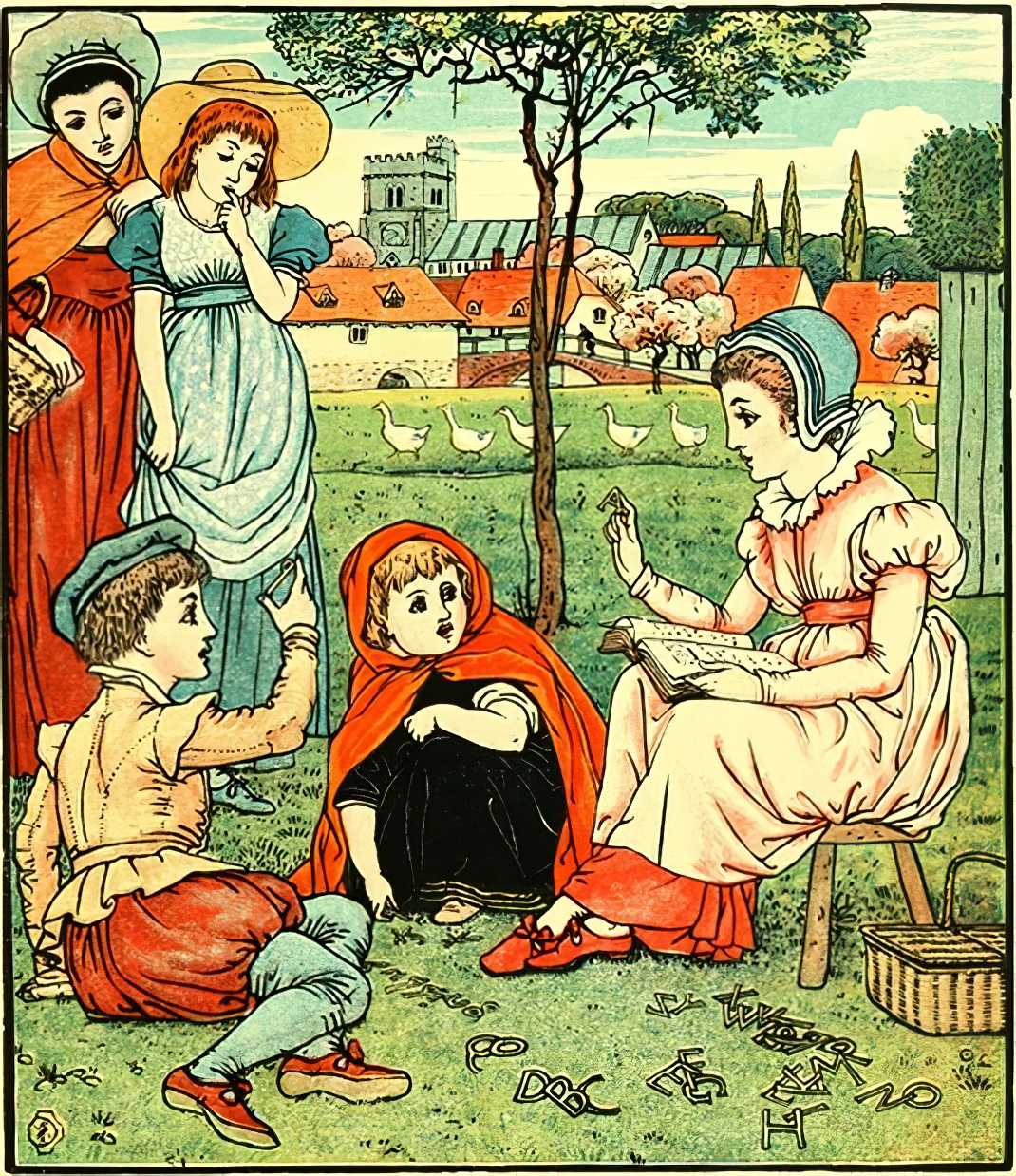
A vibrant illustration from the book Goody Two Shoes. Note the richness of detail.
The Golden Age of Children's Literature is a period in literary history that spans from the late 19th century to the early 20th century, during which time there was a proliferation of high-quality literature written specifically for children. This era is characterized by a shift away from didactic and moralistic stories towards more imaginative and engaging tales that appealed to the emotions and imaginations of young readers.
The Golden Age of Children's Literature is often associated with a number of classic works, such as Lewis Carroll's "Alice's Adventures in Wonderland," J.M. Barrie's "Peter Pan," and Frances Hodgson Burnett's "The Secret Garden." During this time, authors and illustrators began to experiment with new styles and genres, including fantasy, adventure, and mystery, and to create stories that were more complex and sophisticated than those that had come before.
The emergence of the Golden Age of Children's Literature was due in part to the development of new printing technologies that allowed for the mass production of books at a lower cost, making literature more accessible to a wider audience. The rise of the middle class also played a role, as parents began to place greater emphasis on education and literacy for their children.
But artists such as Walter Crane played an even greater role in the Golden Age of Children's Literature, than mereley improvements in book printing methids. Crane's illustrations defined the genre and help popularize it. Crane's illustrations had a significant impact on children's literature of the time, and many of his works continue to be popular today.
One of Crane's most notable contributions to children's literature was his use of color. Prior to Crane, children's books were typically illustrated in black and white, with only a few color plates added for emphasis. Crane, however, used color extensively in his illustrations, creating vibrant and engaging images that captured the imaginations of young readers. His use of bright, bold colors and whimsical designs, together with his contemporary Kate Greenaway, helped to establish a new standard for children's book illustration.
Crane's illustrations were also notable for their attention to detail. Earlier children's books had featured simplistic illustrations. Crane's illustrations were true works of art, and were also very popular with the reading public. Editions illustrated by Crane sold well, and this in turn served to increase the over all size of the children's book market. As sales improved, publishers coompeted for market share by offering better books, which in turn elevated the quality of the books that were published. Thanks to Crane, children's literature went from cheap low quality chap books to illustrated classics.
Works such as the Frog Prince, the Princess Belle Etoile, The Song of Six Pence, and many others showcase Crane's talent as a children's book illustrator. Another notable work by Crane is his illustrated edition of "The Baby's Opera" by Walter de la Mare. The book is a collection of nursery rhymes and songs, and Crane's illustrations perfectly capture the playful and imaginative spirit of the songs. His use of color and attention to detail helped to make the book an instant classic, and it remains a beloved children's book to this day.
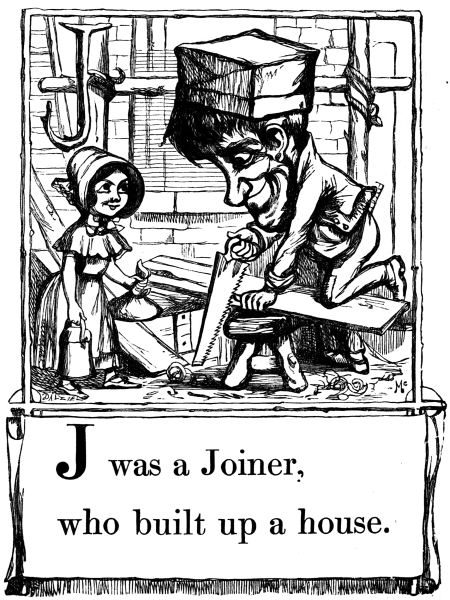
A Black and White Illustration from Mother Goose's Nursery Rhymes
Crane's impact on children's literature was not limited to his illustrations alone. He was also a prolific writer, and wrote a number of books and articles on art and design. He was an advocate for the Arts and Crafts movement, and believed that art and design should be accessible to all.
Crane's impact on the world of children's literature continues to be felt today. His style of illustration has influenced countless artists and illustrators over the years, and his legacy can be seen in the work of contemporary children's book creators. His belief in the power of art and design to educate and inspire young minds remains as relevant today as it was during the Golden Age of Children's Literature.
In conclusion, Walter Crane's illustrations and his contributions to the Golden Age of Children's Literature have left an indelible mark on the world of children's literature. His innovative use of color and attention to detail helped to transform the genre and set a new standard for children's book illustration. His legacy serves as a reminder of the enduring power of art and imagination to shape the world around us, and to inspire and educate future generations.
